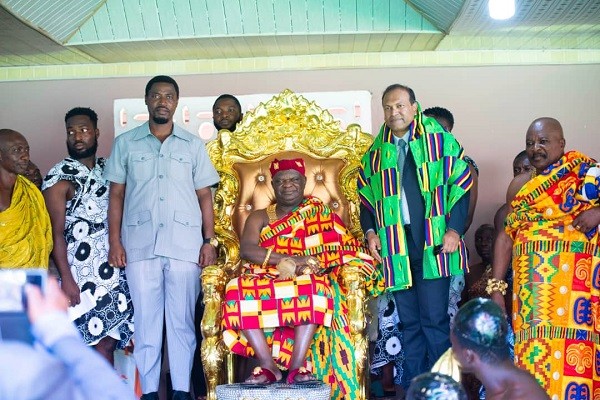Akatekyi Crocodile Pond: A Place...
September 29, 2025
Subsequently, this enactment was replaced by the Local Government Act 493 of 1993. In a significant development, the district was upgraded to a Municipal status in March 2012, a transition facilitated by Legislative Instrument (L.I) 2015.
Situated in the northeastern part of the Western Region, the Sefwi Wiawso Municipality is bordered by the Brong Ahafo Region to the North. Its western and southern boundaries are shared with Juaboso and Aowin respectively, while to the east lies Bibiani-Anhwiaso-Bekwai and to the southeast is Wassa Amenfi West.
The geographical coordinates of the Sefwi Wiawso Municipality range between latitudes 60N and 60 300 N, as well as longitudes 20 450 W and 20 150 W. Notably, Sefwi Wiawso, serving as the municipal capital, also serves as the regional capital of the Western North Region.

As of the 2021 population and housing census, the Municipality boasts a population of 151,220 individuals, comprising 75,905 males and 75,315 females. The governing structure of the area involves six Zonal Councils, each with distinct responsibilities. These councils include Asawinso, Asafo, Boako, Ahwia, Dwinase, and Wiawso. Among their various tasks are community mobilization for self-help initiatives, budget implementation oversight, submission of monthly revenue reports, and preparation of expenditure and financial statements to the Municipal Assembly.

The Municipality encompasses several communities, including Ewiase, Amafie, Abrabra, Kojina, Ahokwaa, Tanoso, Datano, Susumenetee, Boako, Dwinase, Aboanidua, Kramokrom, Punikrom, Anyinabrim, Wiawso, Paboase, Ahwiaa, and Asafo, among others.
This region holds significant potential for tourism, with numerous untapped attractions such as the Tree of God (NyameDua), OkomfoAnokyeAkoma, Abombirim Sacred Tortoise Forest, and the Ancestral Hole of Bosomoiso. Despite these offerings, these sites remain undeveloped at present.
September 29, 2025
September 29, 2025
September 26, 2025
September 18, 2025
September 18, 2025
September 4, 2025
September 3, 2025
August 28, 2025
August 19, 2025
August 8, 2025